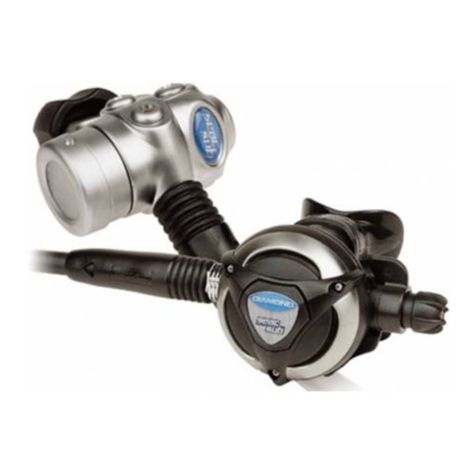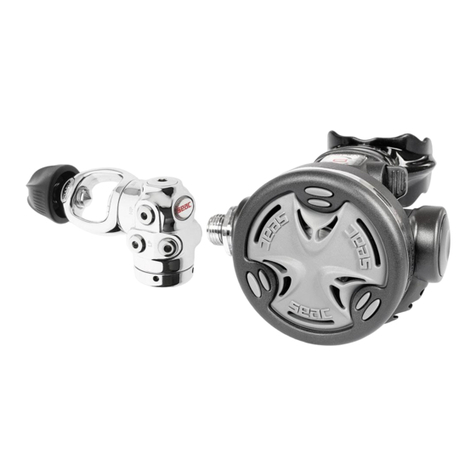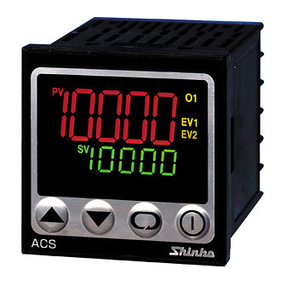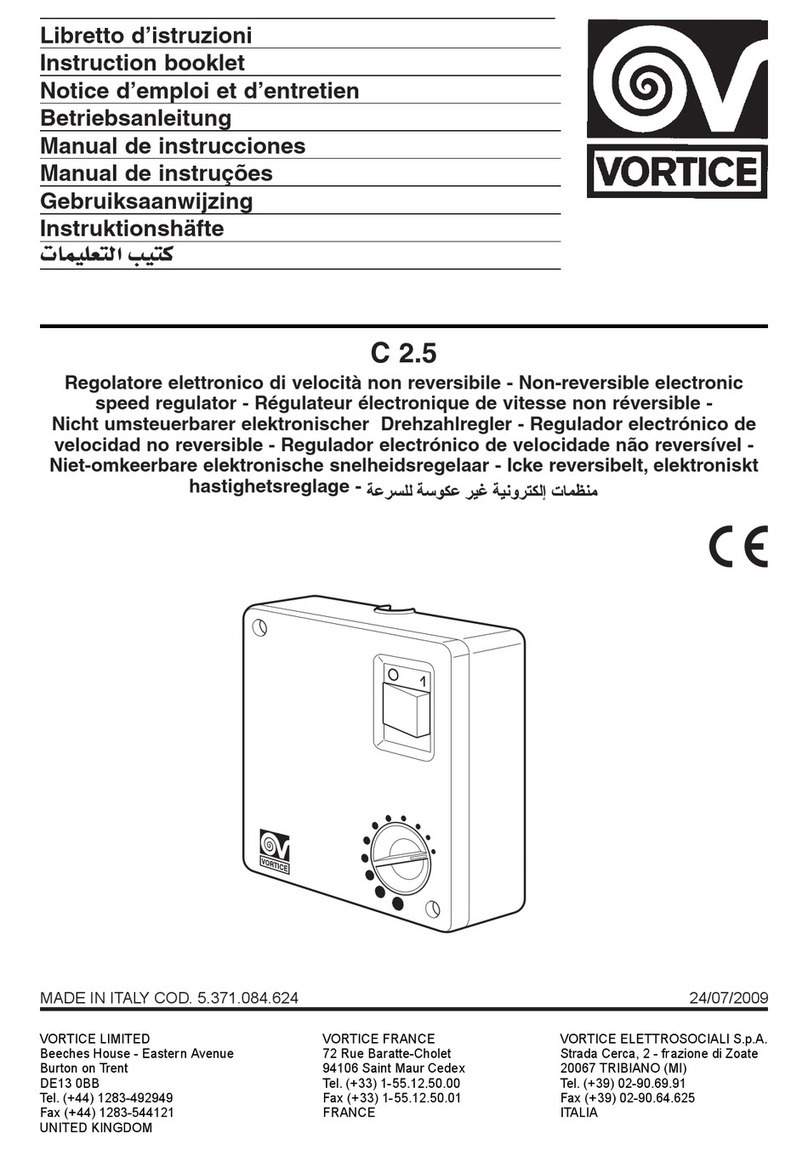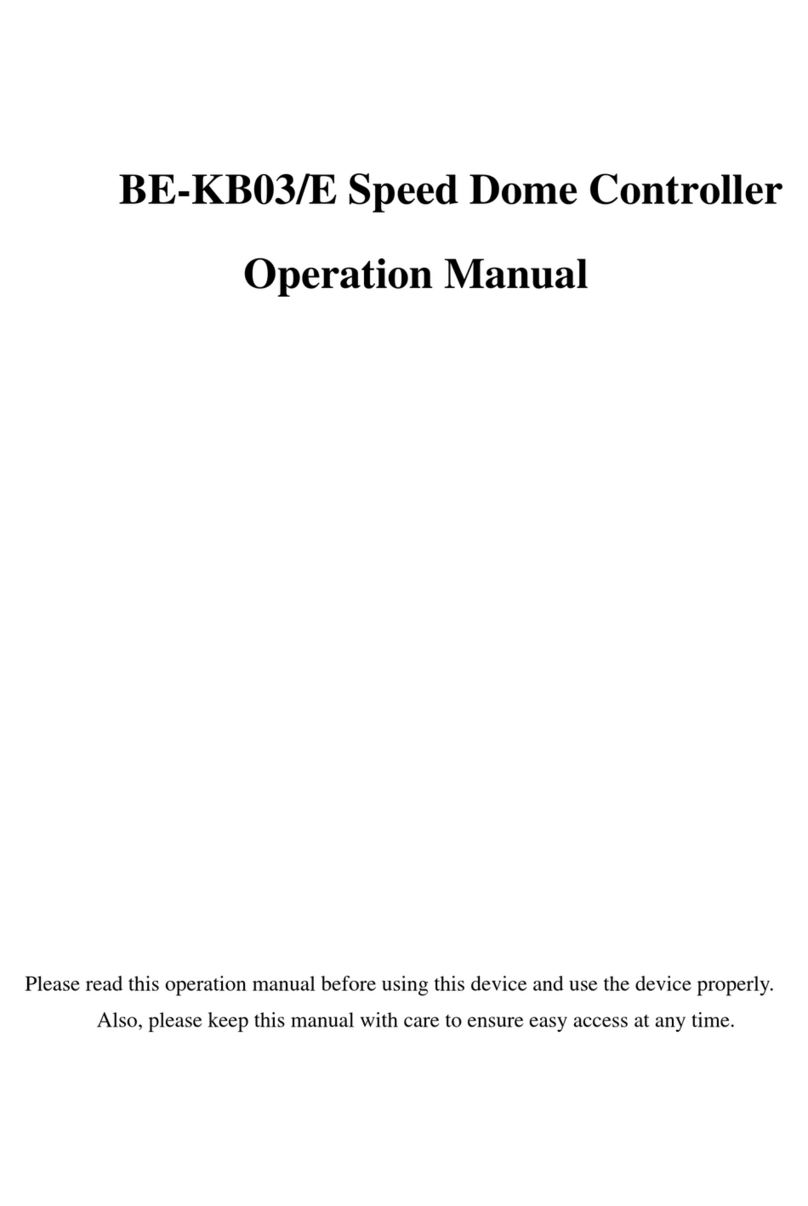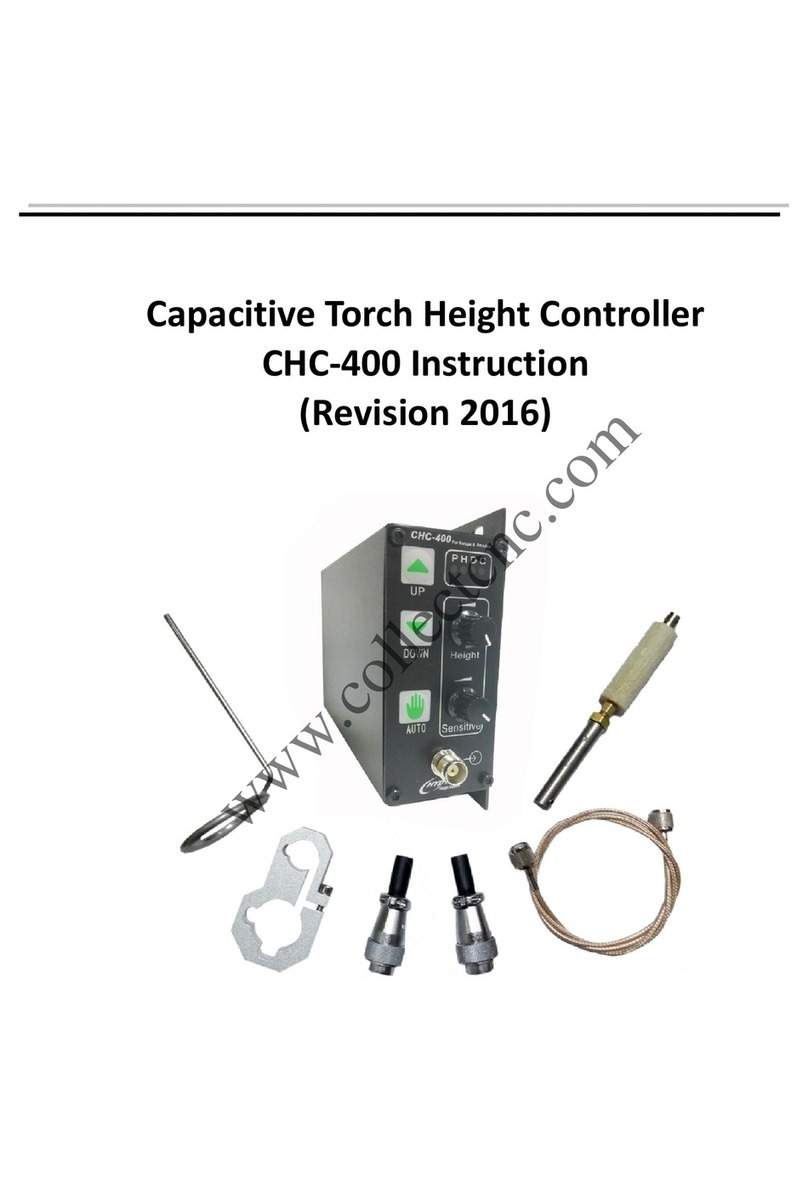Seac Sub SORIUS 1000 User manual

0474
EN 250
EROGATORI
SEAC SUB
REGULATORS
SEAC DIVING PRO S.r.l.
Via D. Norero, 29
16040 S. Colombano Certenoli (Ge), Italy.
Tel. ++ 39 (0185) 356.301 Fax ++39 (0185) 356.300

1
INSTRUCTION MANUAL
WARNING
Read this manual carefully before using this
equipment!
The illustrations contained in this manual
are for illustration use only and should not
be regarded as a guide to dismantling or
repairing your regulator.
Your regulator should only be serviced,
repaired or dismantled by an authorised
service agent.
This is not a Diving Manual. Before using the
regulator or any other SCUBA diving equip-
ment, you should obtain training and certifica-
tion from a certified diving instructor.
The use of a diving equipment by a non certi-
fied diver is dangerous and can lead to serious
accidents or death.
This diving regulator has been certified accor-
ding to the CEN Standard EN 250 which pro-
vides a long series of functional tests up to a
maximum depth of 50 Mt. and at a temperature
of 4° Celsius.
This diving regulator has been designed to be
used with normal atmospheric air complying
with the specifications of the CEN Standard
EN 132. Do not use this or any other SEAC
SUB product with other gases or oxygen enri-
ched air mixtures (usually known as
NITROX).
Failure to follow this recommendation could
cause a serious accident or death, due to fire or
explosions, or seriously damage your equip-
ment.
If you have no experience in the use of this
equipment we suggest that you familiarise
yourself with its functions through training
dives at shallow depth and in favourable condi-
tions. Alternatively ask for a refresher course
from a certified diving instructor.
This SEAC SUB regulator has been designed
and manufactured to provide you with reliabe
performance over a long period of time.
Improper use and maintenance of your
regulator could seriously impair its perfor-
mance.
SEAC SUB will not accept any responsibility
with respect to any problem due to failure to
follow the recommendations provided by this
manual.
In case of any problem please contact an
authorised SEAC SUB dealer or in case of dif-
ficulty contact SEAC SUB. Note: All service
or maintenance of your regulator should be
performed by a SEAC SUB authorised service
center.
SEAC SUB regulators have been developed
via a research program conducted in close co-
operation with professional divers. The innova-
tive design will give you good performance
and reliability over a large number of dives
whilst allowing for cost effective maintenance.
SORIUS 1000 REGULATOR - FIRST STAGE
The SEAC SUB SORIUS 1000 1st stage entry
model, benefits from its lightness and ease of
maintenance. Its performance, (although not as
high as other SEAC SUB first stages) surpas-
ses the existing standard specifications and
allows you to perform and enjoy any sports
dive.
It's working concept is based on a piston sli-
ding in a turned bore, manufactured from a sin-
gle block brass body which is protected by
three layers of electro-galvanic metal coating
having a thickness of 12 to 15 microns (copper
7 micron, nickel 5 micron, chrome 1 micron).
The internal component parts are in
chrome/nickel coated brass, the springs in
stainless steel and the seals are made of nitryl
rubber.
Four low pressure ports, provided with 3/8”
thread, supply an intermediate pressure of
about 10.2 bars; the high pressure port is provi-
ded with a 7/16” thread and a flow reduction
hole of 0.20 mm diam. This high pressure port
is used to connect a diving pressure gauge by
means of a hose provided with a 7/16” male
connection.
SEAC SUB REGULATORS

WARNING
Use only standardised thread pressure
gauge. Do not use any type of adapter
between the 1st stage and the high pressure
hose connection.
The SORIUS 1000 regulator is designed with a
300 bars working pressure. When it is used
with pressures over 200 bars it is advisable to
use the optional threaded DIN connection to
the tank valve instead of the standard INT.
yoke connection.
SORIUS AND SORIUS ADJ REGULATORS
FIRST STAGE
This first stage combines very high performan-
ce with an extremely compact and functional
shape.
The SORIUS is a balanced diaphragm regula-
tor which gives you an intermediate pressure
which is always constant regardless of tank
pressure or depth.
The diaphragm completely separates the
"heart" of the regulator from the external envi-
ronment and provides high reliability over a
large number of dives.
It is manufactured from a single block brass
body which is copper, nickel and chrome coa-
ted. The internal component parts are in chro-
me/nickel coated brass, the springs in stainless
steel and the seals are made in nitril rubbers.
Four low pressure ports, with 3/8” thread, sup-
ply a constant intermediate pressure of 9.8
bars; the high pressure port has a 7/16” thread
and a flow reduction hole of 0.20 mm diam.
These high pressure ports are used to connect a
diving pressure gauge by means of a hose pro-
vided with a 7/16” male connection.
WARNING
Use only standardised thread pressure
gauge. Do not use any type of adapter
between the 1st stage and the high pressure
hose connection.
The SORIUS regulator is designed with a 300
bars working pressure. When it is used with
pressures over 200 bars it is advisable to use
the optional threaded DIN connection to the
tank valve instead of the standard INT. yoke
connection.
SORIUS and SORIUS 1000
REGULATORS - 2nd STAGE
The main body is made from synthetic resin
which is highly resistant to impacts, abrasions,
ultraviolet rays and chemical agents.
Incorporating silicone membranes and valve
seat with internal component parts in chrome
plated brass and stainless steel. The mouth-
piece is manufactured from medical grade sili-
cone rubber.
The second stage is a "downstream" type valve
with an air flow channel exploiting a "Venturi
effect". The result is an air flow delivery which
is perfectly controlled by the diver's breathing
action. Note: a normal breathing action produ-
ces a light air flow while a higher breathing
action, (due to heavy work or deep diving),
produces a high air flow which is supported by
the Venturi effect.
This system allows for low consumption of air
by reducing air waste as it is designed to per-
fectly fit the divers air demand.
The "downstream" valve also provides maxi-
mum safety as it is also able to work in case of
1st stage overpressure, by releasing the exces-
sive pressure, and allowing the diver to
breathe.
The low pressure hose is of the standard type
(length mm 760 - thread 3/8”).
OCTOPUS SORIUS
WARNING
Always check that the first stage to which
the SORIUS OCTO is connected is a SEAC
SUB product; if it is not so, verify that the
intermediate pressure set is comprised
between 9 and 10.5 bars.
Failure to respect this recommendation may
impair the 2nd stage performance and cause
serious accidents.
The main body is made from synthetic resin
2

3
which is highly resistant to impacts, abrasions,
ultraviolet rays and chemical agents.
Incorporating silicone membranes and valve
seat with internal component parts in chrome
plated brass and stainless steel. The mouth-
piece is manufactured from medical grade sili-
cone rubber.
The second stage is a "downstream" type valve
with an air flow channel exploiting a "Venturi
effect". The result is an air flow delivery which
is perfectly controlled by the diver's breathing
action. Note: a normal breathing action produ-
ces a light air flow while a higher breathing
action, (due to heavy work or deep diving),
produces a high air flow which is supported by
the Venturi effect.
This system allows for low consumption of air
by reducing air waste as it is designed to per-
fectly fit the divers air demand.
The "downstream" valve also provides maxi-
mum safety as it is also able to work in case of
1st stage overpressure, by releasing the exces-
sive pressure, and allowing the diver to
breathe.
The low pressure hose is of the standard type
(length mm 1000 - thread 3/8”).
SORIUS ADJ REGULATOR - 2nd STAGE
The main body is made from synthetic resin
which is highly resistant to impacts, abrasions,
ultraviolet rays and chemical agents.
Incorporating silicone membranes and valve
seat with internal component parts in chrome
plated brass and stainless steel. The mouth-
piece is manufactured from medical grade sili-
cone rubber.
The second stage is a "downstream" type valve
with an air flow channel exploiting a "Venturi
effect". The result is an air flow delivery which
is perfectly controlled by the diver's breathing
action. Note: a normal breathing action produ-
ces a light air flow while a higher breathing
action, (due to heavy work or deep diving),
produces a high air flow which is supported by
the Venturi effect.
This system allows for low consumption of air
by reducing air waste as it is designed to per-
fectly fit the divers air demand.
The "downstream" valve also provides maxi-
mum safety as it is also able to work in case of
1st stage overpressure, by releasing the exces-
sive pressure, and allowing the diver to
breathe.
By rotation of the external "pre dive" control
knob it is possible to adjust the "Venturi effect"
and therefore the air flow. A complete
clockwise rotation causes a higher breathing
effort (position "pre-dive"); a complete coun-
terclockwise rotation correspond to a lower
breathing (position "dive"). It is recommended
to rotate the external knob to the "pre-dive"
position to reduce the risk of uncontrolled air
discharge when the regulator is in pressure but
not in use.
WARNING
It is advisable to rotate the external knob to
the "pre-dive"position when the regulator
is not in use or during your pre-dive inter-
vals at the water surface, and to rotate the
knob to the "dive"position before you com-
mence your breathing activity and descend.
The low pressure hose is of the standard type
(length mm 760 - thread 3/8”).
BEFORE EACH DIVE
Your regulator should always be protected
while carrying it. Avoid heavy contact with
your weight belt or other sharp or heavy
objects.
To correctly connect the regulator to the tank
valve we recommend the following procedure:
- Check the O-Ring on the tank valve as it
must be in good condition. It is advisable to
always have a spare O-Ring available for
replacement purposes in the event of the fitted
O-Ring showing any signs of wear I/e cuts,
abrasions or porosity.
- Open the tank valve in order to remove
any foreign matter from the nozzle.
- Remove the dust cap from the yoke and
check the filter of your regulator.
- Place the 1st stage on the valve and firmly
tighten the yoke screw, ensuring that the posi-
tioning of the first stage allows the correct ali-
gnment of the second stage, octopus and other

4
accessory hoses. Ensure that the second stage
and octopus are pointing down and away from
yourself and anybody standing close by,
checking that the second stage hose goes
towards right (exhalation outlets of the second
stage positioned downward). Open your tank
valve slowly to avoid a sudden and strong flow
of air into the regulator.
Be sure that the tank valve is completely
open before starting the dive.
-Press the purge button two or three times
to remove any dust or foreign matter that may
have accumulated in the second stage. Then
check the operation of your second stage by
breathing through it.
- On entering the water when the regulator
is not in your mouth it is advisable to fill it
with water to reduce the risk of sudden
discharge of air. This is done by gently shaking
and rotating the second stage while it is sub-
merged.
- When using a second regulator or octo-
pus, it is advisable to fit a mouthpiece
cover/retainer/plug. This should prevent forei-
gn matter from entering the regulator and redu-
ce the risk of uncontrolled air discharge. This
accessory is available from you dealer.
AFTER EACH DIVE - PERIODICAL
MAINTENANCE
Even though your regulator is manufactured
with high quality materials specifically tested
in sea water it is necessary to apply care to
avoid corrosion and deposits due to salt water.
We have listed below step by step instruction
for the care of your regulator after diving.
-As soon as the tank is on the boat or you
have left the water, close the tank valve, relea-
se the air left into the regulator by depressing
the second stage purge button and disconnect
the regulator by releasing the yoke screw.
-Lay down the tank to avoid it falling and
damaging equipment or injuring people.
-Clean and dry the 1st stage filter and its
seat using a light compressed air blow.
-Repeat the same operation on the filter
dust cover, place it on the filter and tighten the
yoke screw.
-As soon as possible, carefully rinse each
part of the regulator with fresh water. During
this operation do not remove the dust cover
from the filter of the 1st stage and in order to
avoid water penetration inside the regulator do
not depress the second stage purge button.
-If you are not going to use the regulator
for a few weeks attach the regulator to a tank
and, by depressing the purge button on the
second stage, let the air flow for ten seconds.
This will eject any water thereby helping to eli-
minate problems of deposit and bad odour.
-Let the regulator dry avoiding direct sun
light and dust, hanging it from the yoke in
order to avoid bending occurring in the low
pressure hose.
-At the end of EVERY season, or in any
case after a long period of storage, it is advisa-
ble to have the regulator inspected and serviced
by a certified service centre. We suggest that
you contact an authorised SEAC SUB dealer
who will be happy to arrange for the mainte-
nance of your regulator.

PARTI DI RICAMBIO
SPARE PARTS
COMPOSANTS
REPUESTOS
ERSATZTEILE
0474
EN 250
EROGATORI
SEAC SUB
REGULATORS

3
0
0
B
A
R
19
23
22
5
4
3
2
1
17
18
6
7
7
7
8
9
9
9
9
10
11
12
13
14
15
16
21
7
20
First stage SORIUS 1000 regulator
1) Handgrip S500025
2) Yoke S500028
3) Snap ring S500029
4) Cone-shaped filter S500030
5) SORIUS1000 yoke nut S500031
6) FirststageSORIUS1000body S710009
7) LP port plug S500042
8) HP port plug S500054
9) O-Ring 2031 S101017
10) O-Ring 108 S510022
11) Piston seat S540005
12) SORIUS1000 main spring S540006
13) O-Ring 2018 S540007
14) SORIUS1000 piston S540008
15) O-Ring 2100 S540009
16) SORIUS1000 cap S710008
17) O-Ring 2037 S510021
18) O-Ring 2056 S101024
19) Dust cap S500024
20) SORIUS1000KitDIN200bar S500056
21) O-Ring 115 S101023
22) DIN cone-shaped filter S500051
23) Handgrip label S500027

22
17
17
21
48
19
45
29
30
28
27
26
10
18
44
47
23
4
3
2
1
7
7
7
8
810
9
9
9
10
32
33
34
35
36
38
43
42
41
40
49
25
First stage SORIUS and SORIUS ADJ regulator
1) Handgrip S500025
2) Yoke S500028
3) Snap ring S500029
4) Cone-shaped filter S500030
7) LP port plug S500042
8) HP port plug S500054
9) O-Ring 2031 S101017
10) O-Ring 108 S510022
17) O-Ring 2037 S510021
18) O-Ring 2056 S101024
19) Dust cap S500024
21) O-Ring 115 S101023
22) DIN cone-shaped filter S500051
23) Handgrip label S500027
25) Antiextruder ring BK 2012 S500034
26) O-Ring 2012 S150004
27) O-Ring lock bush S500035
28) Return spring S500036
29) Small balancing piston S500037
30) Small piston bush S500037/B
32) Slide stem S500038/B
33) Slide stem seat S500038
34) First stage diaphragm S500039
35) Diaphragm retainer ring S500040
36) Spring nut plate S500041
38) Setting spring S500044
40) Pressure adjusting ring S500046
41) Seal S720004
42) SORIUS/SORIUS ADJ cap S730004
43) First stage SORIUS/SORIUS ADJ body S730008
44) SORIUS/SORIUS ADJ balancing chamber S730005
45) Saddle S510018
47) SORIUS/SORIUS ADJ yoke nut S510014
48) SORIUS/SORIUS ADJ Kit DIN 200 bar S510034
SORIUS/SORIUS ADJ Kit DIN 300 bar S510035
49) First stage SORIUS/SORIUS ADJ ring S730003

1
2
12
13
14
17
18
19
20
16
15
21
22
24
23
89
11
10
3
4
5
6
7
Second stage SORIUS and SORIUS 1000 regulator
1) Second stage body S770001
2) Lever support lock S770002
3) Second stage diaphragm S770003
4) Cover SORIUS S770004N
4) Cover SORIUS 1000 S760002
5) Purge button flat spring S770005
6) Purge button S770006
7) Label S770007
8) Mouthpiece strap S500023
9) Mouthpiece 236
10) Exhaust valve S500009
11) Exhaust tee S770008
12) Elastic stop nut S500019
13) Adjusting ring S770009
14) Washer S770010
15) Lever S770011
16) Lever pin S770012
17) Spring retainer ring S770013
18) Stem spring S500018
19) Demand valve stem S770014
20) Stem seat S500017
21) O-Ring 2043 S101030
22) Lever support S770015
23) O-Ring 2025 S500021
24) Orifice S500016

2
89
11
10
3
4
5
6
7
12
14
17
18
19
20
16
15
21
22
24
23
25
26 27 28
1
29
Second stage SORIUS ADJ regulator
1) SORIUS ADJ second stage body S800007
2) Lever support lock S770002
3) Second stage diaphgragm S770003
4) SORIUS ADJ cover S800002
5) Purge button flat spring S770005
6) Purge button S770006
7) Label S770007
8) Mouthpiece strap S500023
9) Mouthpiece 236
10) Exhaust valve S500009
11) Exhaust tee S770008
12) Elastic stop nut S500019
14) Washer S770010
15) Lever S770011
16) Lever pin S770012
17) Spring retainer ring S770013
18) Stem spring S500018
19) Demand valve stem S770014
20) Stem seat S500017
21) O - Ring 2043 S101030
22) SORIUS ADJ Lever support S800008
23) O - Ring 2025 S500021
24) Orifice S500016
25) Flow baffle S800005
26) O - Ring 2050 S800003
27) O - Ring 2021 S800004
28) Flow baffle plug S800006
29) Flow baffle knob S800009
This manual suits for next models
3
Other Seac Sub Controllers manuals
Popular Controllers manuals by other brands
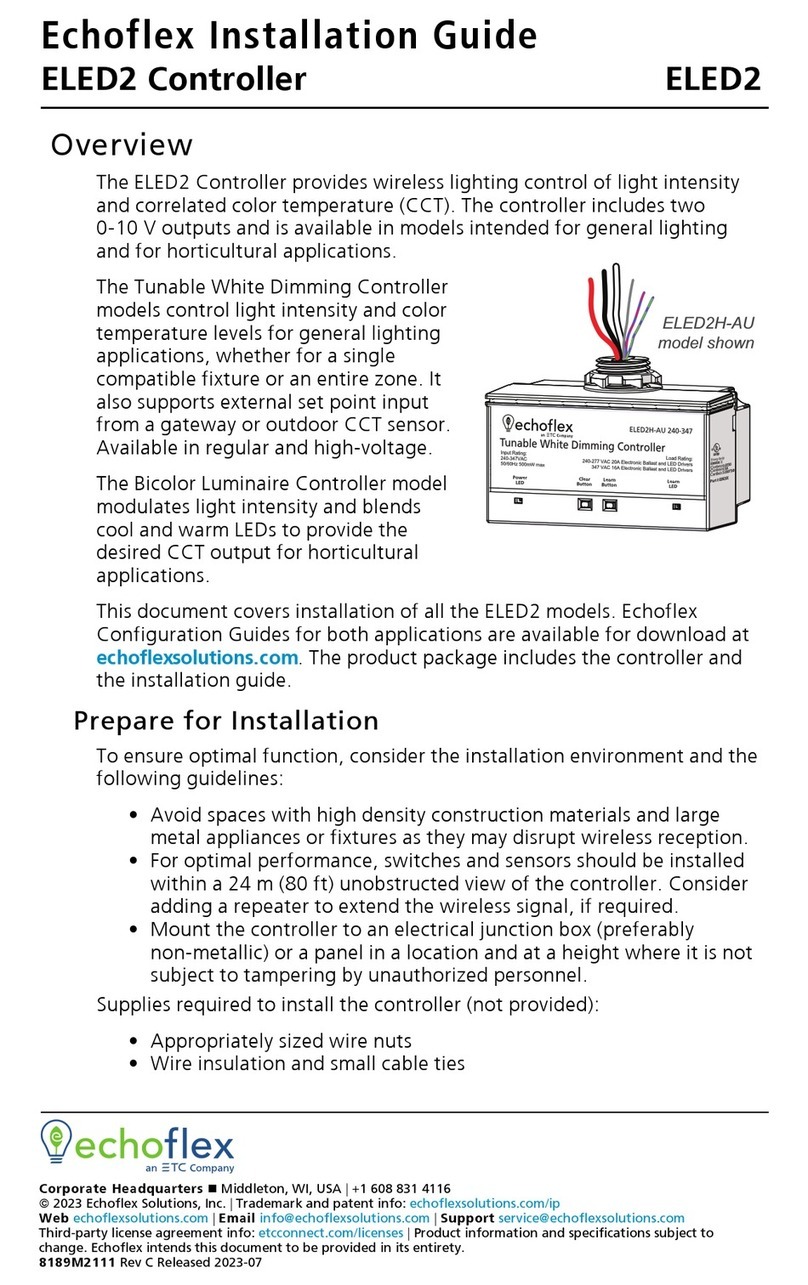
ETC
ETC Echoflex ELED2 installation guide
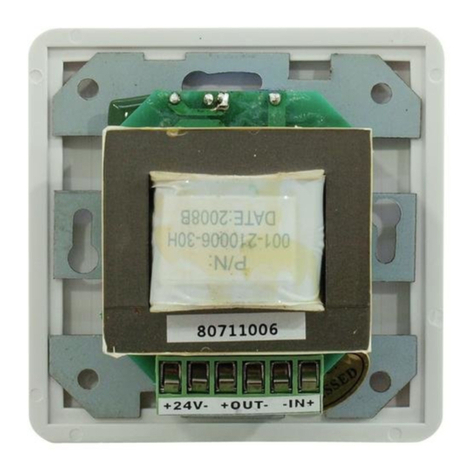
Omnitronic
Omnitronic 100 V PA TECHNIQUE user manual

Kobelt
Kobelt 6505 Owner's Operation, Installation & Maintenance Manual

Toro
Toro TIS-240 user guide

Taco Electronic Solutions
Taco Electronic Solutions iWorx ZXU1 installation guide
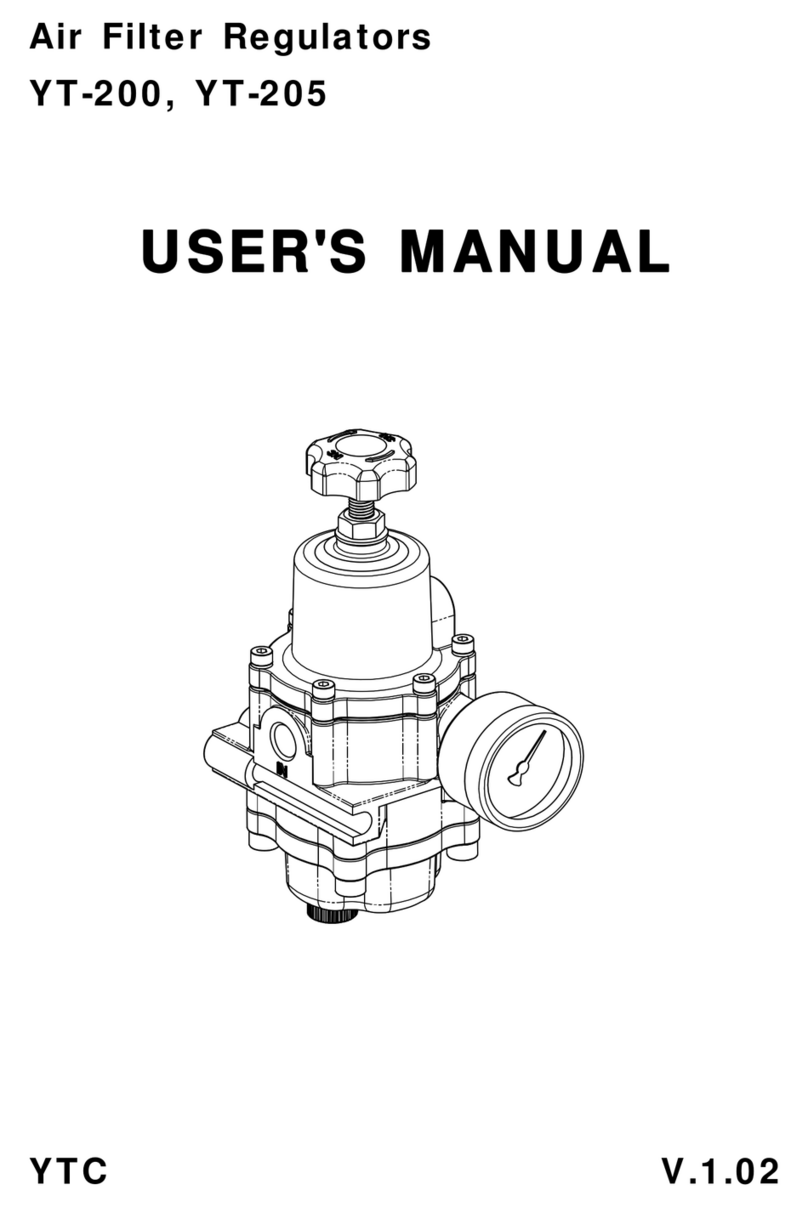
Ytc
Ytc YT-200 Series user manual
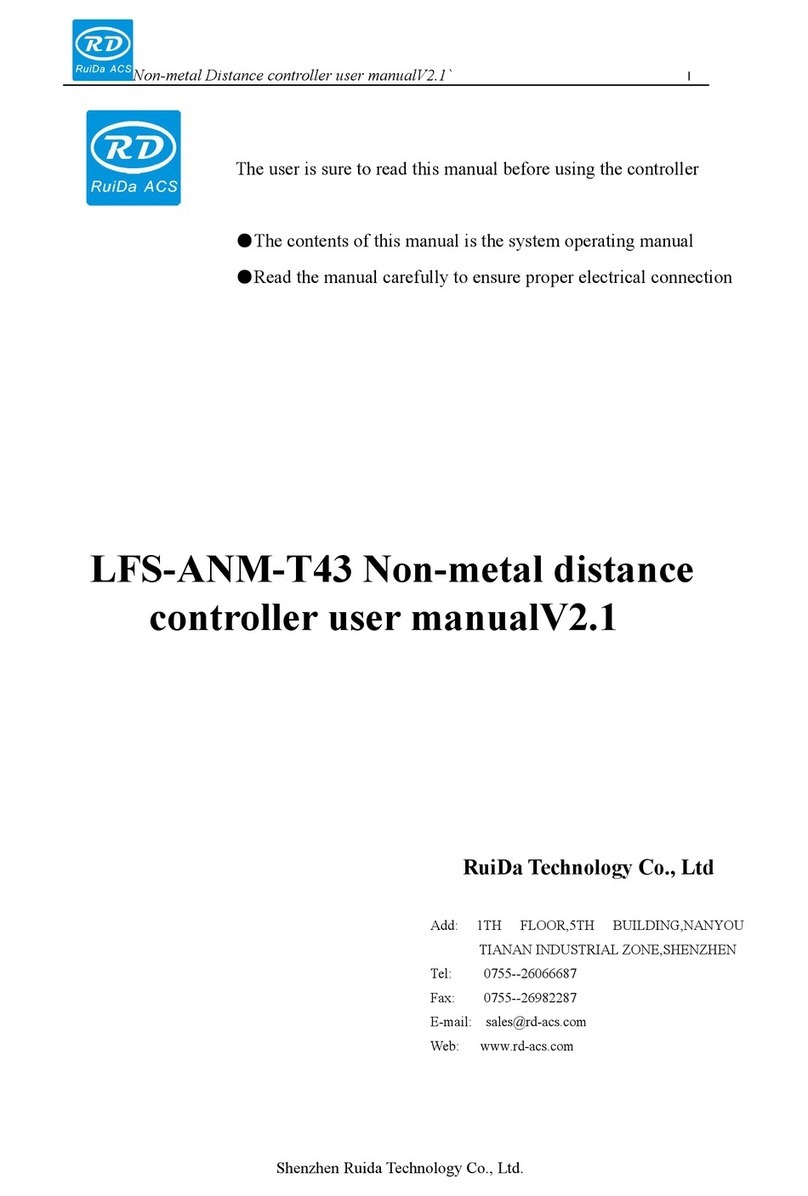
Ruida Technology
Ruida Technology LFS-ANM-T43 user manual
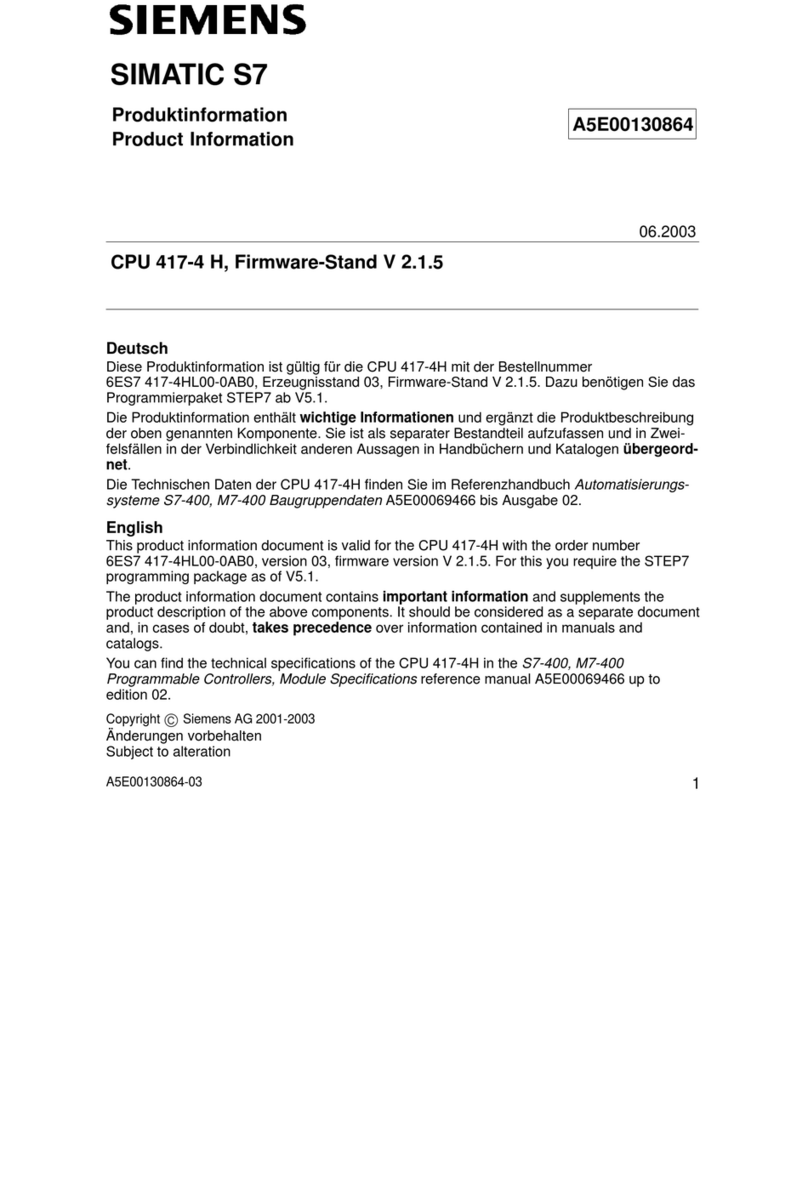
Siemens
Siemens SIMATIC S7 Product information
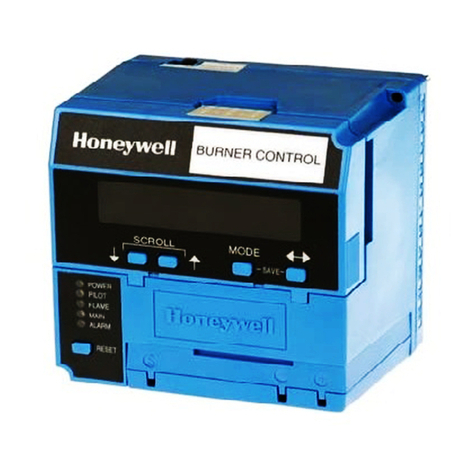
Honeywell
Honeywell 2RM7800L1087 Installation instructions manual

Theben
Theben Mix Series quick start guide
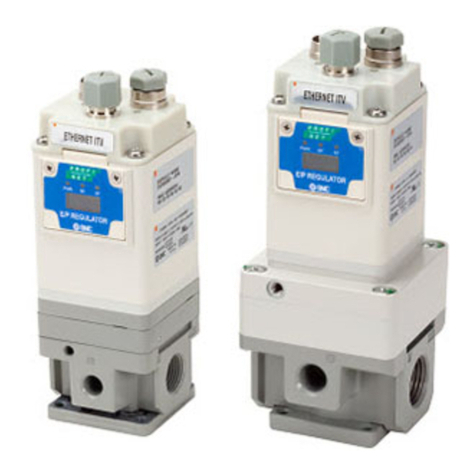
SMC Networks
SMC Networks ITV 0 Series instruction manual

Mitsubishi Electric
Mitsubishi Electric QD62 user manual
